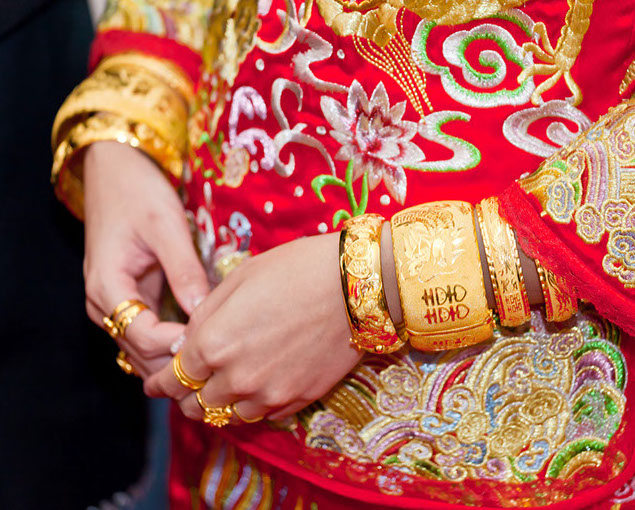
The Dowry
Debate
Dowries may be scorned as old-fashioned and even harmful to women. But economist Dr William Chan argues that in some circumstances they may actually be beneficial.
For centuries, marriage in Asia has been accompanied by a substantial exchange of wealth, typically paid to the family of the future spouse before the marriage can go ahead. But there are nuances in these exchanges, as Dr William Chan of the School of Economics and Finance has discovered.
Dr Chan has studied dowries in Taiwan and India and the different forms they take. Bride prices are paid to the groom’s family (typically the case in India) or groom prices to the bride’s family (more common in Chinese societies), and what anthropologists formally call dowries are given by parents to their daughters as a kind of nest egg for the future. He set out to see what impacts they had on women’s welfare.
First, in the late 1990s, he looked at Taiwan. “My theory was that a higher dowry put women in a better bargaining position in terms of their future life with their husbands, which was measured by the share of household chores men were involved in. It turned out that men were indeed more likely to be involved if the wives had a higher dowry,” he said.
The finding attracted much criticism in India, where dowries (in reality, groom prices) have led to violence and other injustices against women and to campaigns and weak laws to stop the practice. However, the critics offered mixed empirical support for their arguments so Dr Chan decided to test the case himself using data gathered by World Bank economist Vijayendra Rao.

![]() It’s very difficult to stop these transactions when there is both supply and demand.
It’s very difficult to stop these transactions when there is both supply and demand. ![]()
Dr William Chan
Having more say
That data included information on how much of the marital transfer – in formal terms, the dowry – remained in the daughter’s control and how much was given to the groom’s parents, and how much say the brides had in household decisions ranging from educating children to household purchases to even what to cook for dinner. The data included responses from both the wife and husband.
“I found that women with more dowry do have more say in many household decisions. In a narrow way, the dowry benefits them,” he said. “The main lesson I derived from the Indian exercise is that given there are economic forces driving all these observations, it would be much easier to work with them than try to go against them.”
In the case of India, an unenforced ban against dowries means there are no legal channels for settling disputes, which leaves women vulnerable when they marry into families unhappy with the dowry arrangements.
“It’s very difficult to stop these transactions when there is both supply and demand,” Dr Chan said, so it may be better to keep these entrenched practices out in the open since they show no sign of going away.
Next
Back


